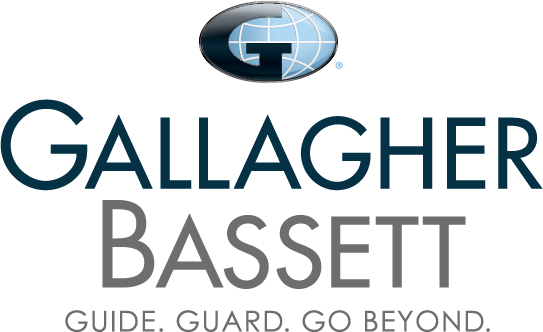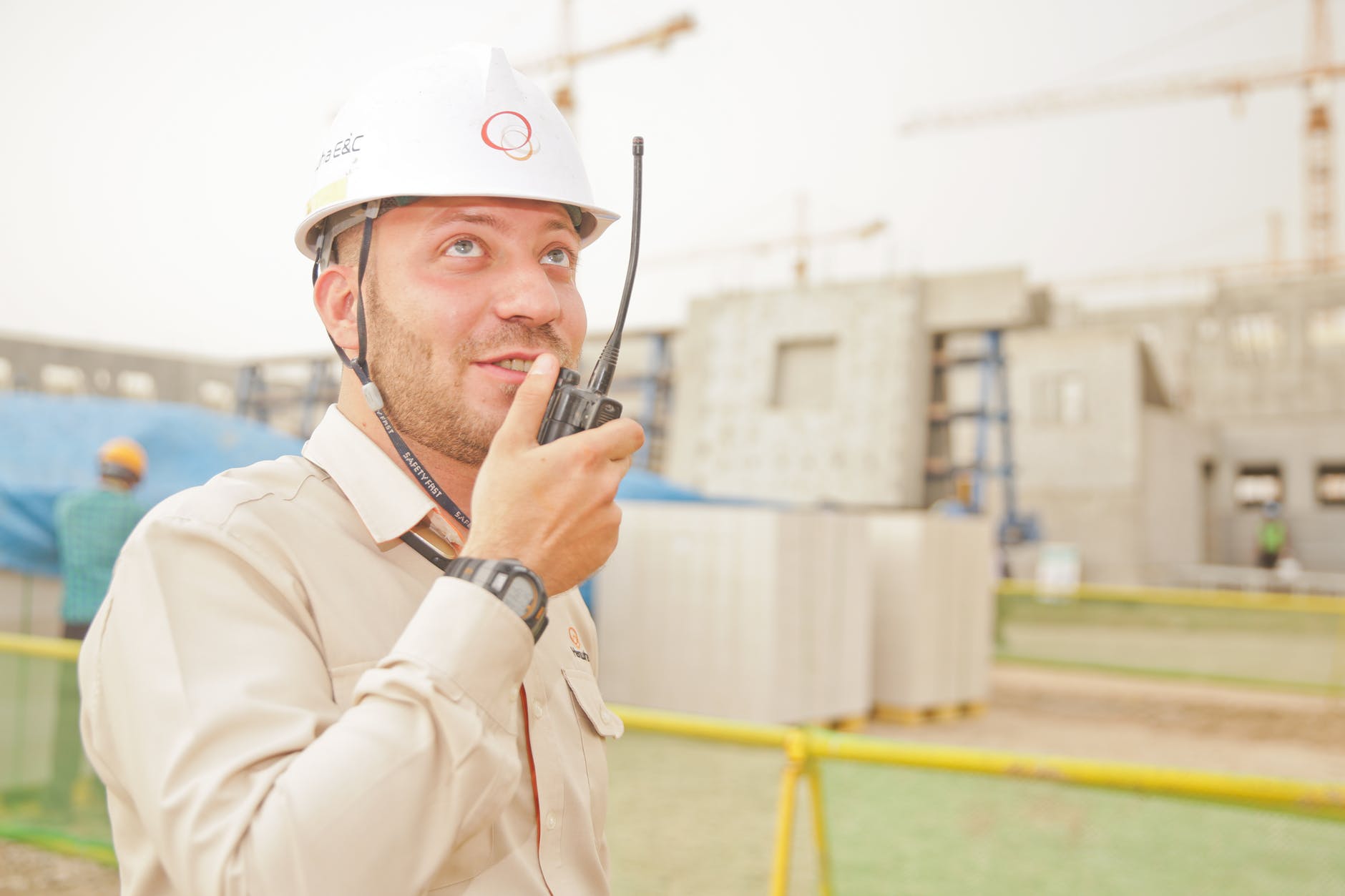Our very own Peter Simon was recently featured in the AGC Cornerstone‘s Spring 2019 Issue! His written article discusses the importance of competent persons on the construction site, as well as a discussion of Local Law 196 (which has been updated recently). A transcript of the article is found below, and a link to the article is found here.
Recently there has been a lot of discussion and confusion regarding “Competent Persons” on NYC construction sites. The additions of NYC Local Law 81 of 2017 (Department of Buildings Licensed Superintendent requirement) and NYC Local Law 196 of 2017 (increased construction safety training requirement) have added to the discussion as both laws utilize the term “competent person.” This is in addition to the use of “Competent Person” as a defined term in Chapter 33 of the NYC Building Code (safeguards during construction or demolition) and as a defined term under Federal OSHA. To clarify the differences, below is a breakout of the 3 main types of “Competent Persons” on NYC construction sites. The breakouts include the general requirements under the NYC Building Code Chapter 33, NYC Local Law 81 and Federal OSHA 1926 standards.
WHAT IS A “COMPETENT PERSON” UNDER THE FEDERAL OSHA DEFINITIONS SECTION?
It is important to point out the separation between municipal requirements found in local laws and municipal codes (such as the NYC Building Code) as contrasted with Federal requirements such as Federal Labor Law under the Occupation Health & Safety Act. Generally, Federal Agencies such as the Department of Labor and the Occupational Safety & Health Administration (OSHA) are the enforcement mechanism under Federal Law and do not enforce municipal standards such as local laws or municipal building codes. Conversely, municipal enforcement agencies such as NYC Department of Buildings enforce local laws and codes (such as the NYC Building Code) and are not the proper enforcement mechanism for Federal Law.
Federal Labor Law under the OSHA Act for construction (Code of Federal Regulations 1926) requires a “Competent Person” for each employer at each jobsite in an industry like construction and there are additional requirements for other specific workplace operations. A competent person by way of training and/or experience must be capable of identifying workplace hazards related to a specific operation and have the authority to correct those identified hazards. Some specific sections within the OSHA Act require additional “Competent Person” skills for certain specific operations. Below is the definition of “Competent Person” from the OSHA Act for construction definitions section.
An OSHA “competent person” is defined as “one who is capable of identifying existing and predictable hazards in the surroundings or working conditions which are unsanitary, hazardous, or dangerous to employees, and who has authorization to take prompt corrective measures to eliminate them.” 29 CFR 1926.32(f)
It is notable that the two main definitions in Chapter 33 of the NYC Building Code utilize some of the terminology from the OSHA definition, but the NYC Building Code requirements tend to be more prescriptive with training requirements and duties. OSHA does not have a specific standard for training or licensing which can lead to some confusion.
WHAT IS A COMPETENT PERSON UNDER NYC CHAPTER 33 DEFINITIONS SECTION?
The definitions section of NYC Building Code Chapter 33 is like the OSHA definition in that both share the ideas of the competent person identifying hazards and taking corrective action (see definition below from Chapter 33 definitions section). Additionally, like the OSHA Act, specific sections within Chapter 33 can require additional training or skills in order to act as a Chapter 33 competent person for certain activities. For example, a “competent person” supervising scaffold installation or removal pursuant to NYC Building Code 3314 is also required to have NYC DOB approved training depending on the scaffold type. This is not necessarily required under OSHA.
A DOB “COMPETENT PERSON” is defined as “One who is capable of identifying existing predictable hazards in the surroundings or conditions that are unsanitary, hazardous or dangerous, and who has authorization to take prompt corrective measures to eliminate such hazards” NYC Building Code 3302

One of the most significant differences between NYC Chapter 33 and OSHA is the applicability of NYC Local Law 196 (required construction safety training for certain projects). Local Law 196 requires 62 hours of supervisory safety training for “each such worker who is serving as a site safety manager, site safety coordinator, concrete safety manager, construction superintendent or a competent person at such site has an SST supervisor card” NYC Building Code 3321.1(.) As a result, under NYC BC Chapter 33 a “Competent Person” working on a site requiring a DOB site safety plan are generally required to receive the 62-hours safety supervisor training (according to the most recent NYC Department of Buildings interpretation). A specified amount of baseline safety training is generally not required under OSHA’s “Competent Person” requirements. For this reason, an individual could qualify as an OSHA “Competent Person” but not as a Chapter 33 “Competent Person” due to a lack of baseline safety training. The 62 hours of baseline safety training requirement takes effect June 1, 2019.
WHAT IS A COMPETENT PERSON ASSISTING A NYC LICENSED SUPERINTENDENT OF CONSTRUCTION?
NYC Local Law 81 of 2017 (NYC Building Code 3301.13.12) dictates that all construction projects requiring a DOB Licensed Superintendent of Construction also designate a “Competent Person” appointed by the Licensed Superintendent. The “Competent Person” in the Licensed Superintendent context includes duties to identify hazards and take corrective measures (like the previous definitions) but also includes additional duties. The additional duties include being present at the designated job site while all work is occurring, carrying out orders issued by the Licensed Super, reporting accidents to the Super and more.
A DOB Licensed Construction Superintendent “Competent Person” requirements include that “The construction superintendent must designate a competent person for each job site for which the construction superintendent is responsible and ensure such competent person is present at the designated job site at all times active work occurs. The designation of a competent person does not alter or diminish any obligation imposed upon the construction superintendent. The competent person must carry out orders issued by the construction superintendent; be able to identify unsanitary, hazardous or dangerous conditions; take prompt corrective measures to eliminate such conditions; immediately report to the construction superintendent accidents at the job site or any damage to adjoining property caused by construction or demolition activity at the job site; and be able to effectively communicate workplace instructions and safety directions to all workers at the site.” NYC Building Code 3301.13.12
A Licensed Super “Competent Person” has responsibilities that extend to the entire project as opposed to an OSHA or Chapter 33 “Competent Person” that are more likely to be responsible for a specific trade or specific activity. Essentially the Licensed Super “Competent Person” is standing in the shoes of the Licensed Super and acting as the Super’s representative or agent in carrying out tasks and reporting observations to the Super. The Licensed Super “Competent Person” is also required to receive the 62-hours of NYC Local Law 196 supervisory safety training (similar to a Chapter 33 “Competent Person”). Unlike the other types of “Competent Persons” a Licensed Super “Competent Person” must be designated in the Licensed Super’s log and the “Competent Person” must also sign the log. If the Licensed Super’s “Competent Person” is changed, the date, time, name and signature of the new “Competent Person” must also be recorded in the Super’s log.

CONCLUSION
It is important for workers, managers, regulators and certain DOB licensees to understand which type of “Competent Person” is required and the extent of the roles and responsibilities. It is plain to see how miscommunication could occur when using the term “Competent Person.” Take a moment to make sure your job is NOT mixing up “Competent Persons” and if you are a competent person in the Chapter 33 or Licensed Super context, make sure you have the required baseline 62-hour supervisory safety training by June 1, 2019.





